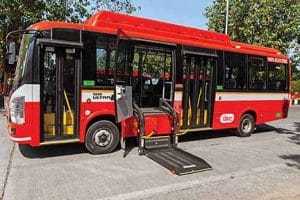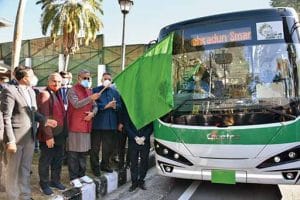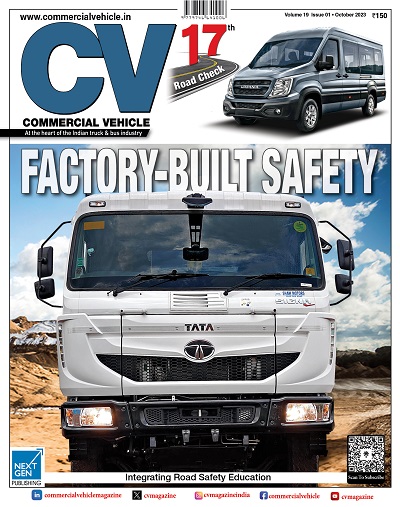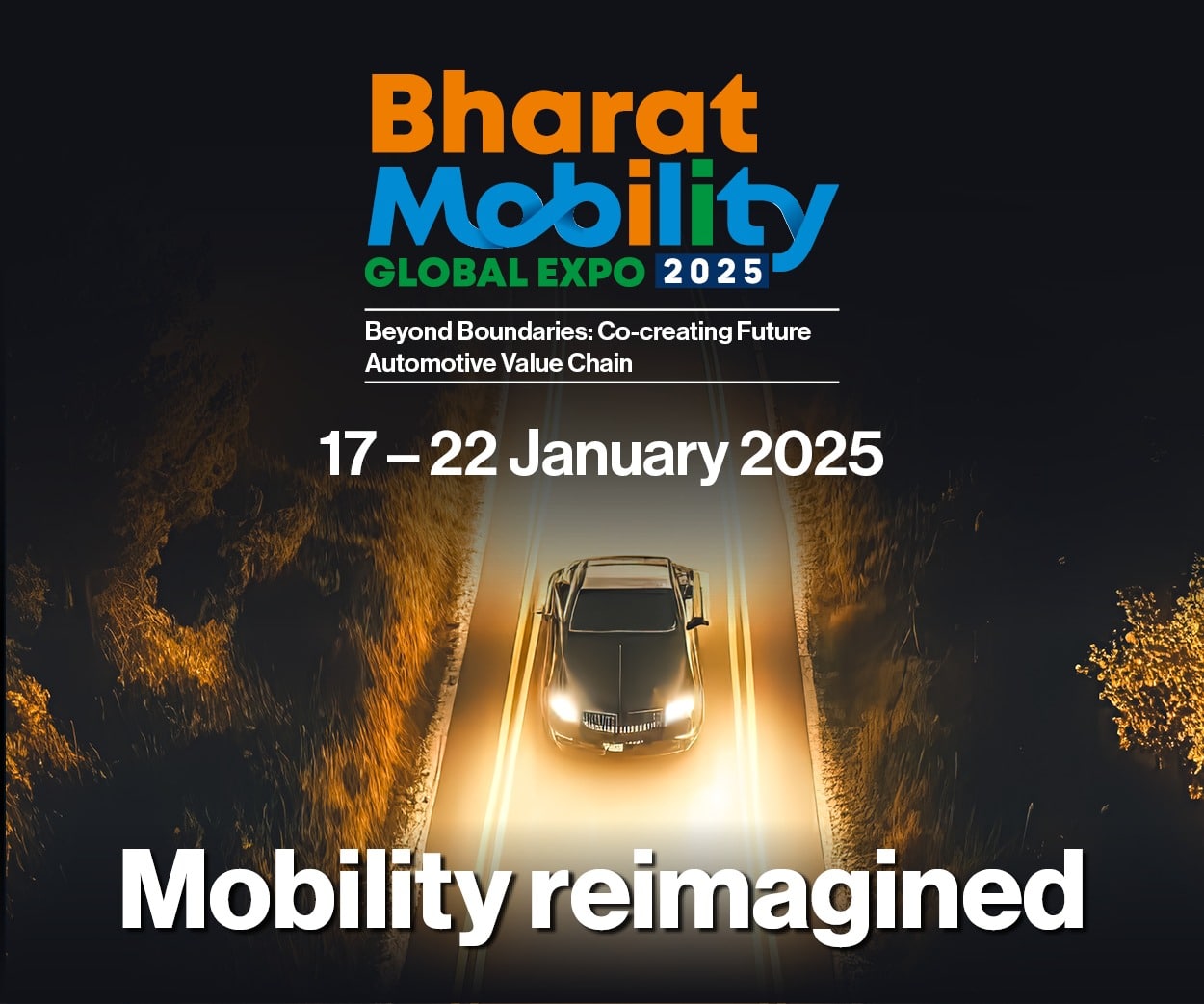In India, the e-bus space in real-time is a mix of challenges and opportunities.
Story by Deepti Thore
Electric buses in India are continuing to proliferate, albeit with the support of Government schemes like FAME II. Their growth is more or less limited to the shared mobility domain and includes a small fleet with a number of public transport undertakings spread across the country. A key factor in their operate-ability is finance. It is also linked to their ability to tap opportunities and overcome the challenges. In terms of finance, the creation of viable options is necessary. A significant funding cost is associated with the procurement of charging infrastructure and more buses. This also varies with the size of the e-buses that are being procured. Whether they are of seven-metre length and with a certain capacity, or whether they are of 12-metre length. The price of e-buses also differs from company to company, from the use of its technology and various other factors surrounding the Total Cost of Ownership (TCO) throughout the life of the vehicle.
With Covid-19, transport undertaking organisations are experiencing their finances being deeply impacted. There’s not much room to further increase the deficit. It is the impact on the finances of transport undertaking that is providing a real-time check on opportunities and challenges in the e-bus space. A more cautious approach is in the offering. Before undertaking new projects, it is imperative thus, that a clear vision for bus transport at national, state and city levels, backed by supplemental funding is to be chalked out. The bus system in India has not yet found a way to implement bus services in a sustainable fashion. It is very difficult to undertake large programs of electrification because the long term financing is not secure. Few important factors in terms of financing and funding are enhancing revenues in terms of Vehicle Registration Tax, Annual Vehicle Tax and fuel surcharge, rebalancing expenditures within state or city budgets and finally adjusting the fares.
Business models
The high potential business models are also crucial to drive investment. This model has to be evaluated in consultation with State Transport Undertakings (STUs), Original Equipment Manufacturers (OEMs) and operators. The TCOs for each of these models and key policy enablers are essential to make or break a deal. It is perhaps a prime indicator of one e-bus model or variant being chosen over the other. Against a backdrop like this, there are some business models which are already being proposed. The Gross Cost Contracts (GCC) adopted by FAME II tenders in Pune for vehicles owned and operated by private entities with per-km payment by STU for example. The risk factor associated with this model is financial sustainability for STUs for carrying out e-bus operations and certainty of payment for private operators and contract bank-ability and terms. The financial lease (public transport) model for vehicles leased and operated by STUs or private entities against a fixed-rate per km includes risk factors such as lower upfront costs and unclear tax implications. Considered as an asset in the balance sheet, it may call for VGF subsidy.
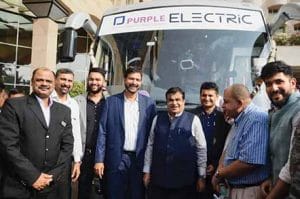
The unbundled (public transport) model for STU or operators to procure bus and lease batteries is another model where risk factors include less upfront costs, lack of FI’s or NBFCs or leasing companies and lack of reuse or recycle market impacting development of leasing options. The aggregator model (for public transport) is about procuring an e-bus and batteries and leases them to the operators. The risks in this involves the lack of a policy or regulatory environment. There is a lack of DISCOM or aggregator with the necessary expertise to play a role. The private inter-city buses model adopted by ‘Purple Mobility’, a private bus operator based at Pune, is for vehicles operated by the service provider. It is about vehicles being owned or leased. The risks involved in such a business model is the lack of FAME subsidies. There is also the need for distributed charging infrastructure, common charging, depot and terminal facilities.
The complexities
The main key driver which will define the base of adoption is institutions defining operational capabilities required for successful operations of e-buses. The introduction of electric buses requires state engagement, as the complexities associated with charging and higher upfront costs are substantial. The process must take into account several more factors when deploying an e-bus compared to a diesel bus. STUs need to understand the need for a completely different approach to vehicle deployment and scheduling, due to the intersection between charging requirements, range and operating schedule. This shows the complexity faced with e-buses compared to diesel buses. The level of complexity is very different for e-buses and diesel buses. The level of complexity is defined by the need to train people, adopt new tools and develop new thinking. For large scale adoption of e-buses, training a lot of people in terms of optimising battery size, battery life cycle, type of charging and so on will be required. It is important that the parameters are as clear as possible and the timelines are consistent with the level of complexity associated.
There are several policies which are implemented by the government in recent times to promote e-buses. Fame II, for example with an outlay of Rs. 10,000 crores provides an incentive to 7000 buses and is focused on shared mobility with buses and three-wheelers getting 70 per cent of demand incentives. Under the scheme, some 5595 electric buses have already been sanctioned to 64 cities or state governments. Niti Aayog has also prepared a Master Concession Agreement (MCA) for procurement of e-buses on OpEx basis. The hiring of electric buses by local authorities are exempted from GST. GST on EVs and chargers have been reduced to five per cent as compared to 28 per cent for other vehicles and 43 per cent for hybrid vehicles. Policy decisions are being taken by the Government to promote e-buses.
The opportunities
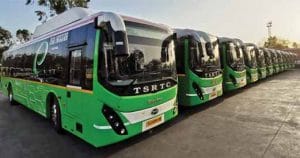
In fact, there are many STUs which are also taking required measures for the transition to electric mobility. Andhra Pradesh, for example, is looking at taking a big leap forward by converting 100 per cent of the state’s bus fleet into electric by 2029. Delhi is said to be planning to have 50 per cent of its new buses as electric. Assam is also said to be planning to introduce 500 electric buses, which will be exempted from state GST. Gujarat is known to target procurement of 1500 e-buses on road by 2022, and to develop an additional 25 bus depots on PPP mode. Kerala is also known to commit conversion of its fleet of over 6000 buses to run on electricity by 2025. Madhya Pradesh is claimed to target conversion of 100 per cent of its bus fleet to electricity by 2028.
Maharashtra, on the other hand, is providing an additional subsidy of Rs.10 lakh for the development of e-buses. In Punjab, a provision has been made by the state government to offer 100 per cent waiver on permit fee and Motor Vehicle Tax (MVT) to private bus operators. In Telangana, 100 percent e-buses are expected to be operated by 2030 for intra-city, inter-city and inter-state transport. In Tamil Nadu, close to about 1000 e-buses are scheduled to be introduced every year. These are a few big movements towards electric buses in India. For India to become a country with sustainable urban transport, it would take time. However, steps in that direction are definitely being taken, and with buses leading the way. It is the e-buses, which are poised to complement the various new-age public transport systems that are springing up in cities. The progress in the deployment of e-buses is good so far. It is supported by FAME I as well. With various STUs showing much initiative, some 600 e-buses have already been made operational across different regions of India. These involve major cities like Pune, Kolkata, Indore, Lucknow, Mumbai and others.



